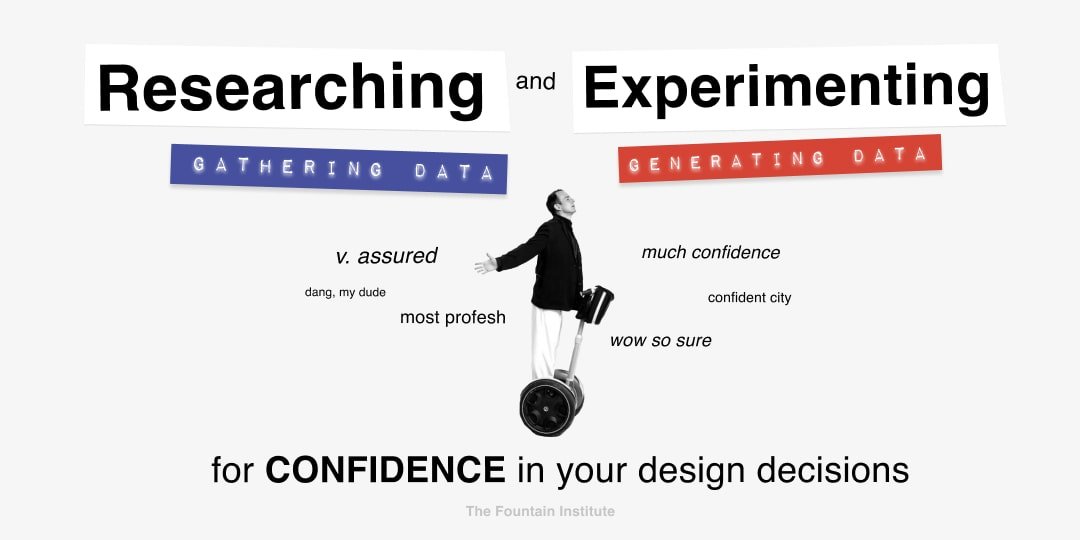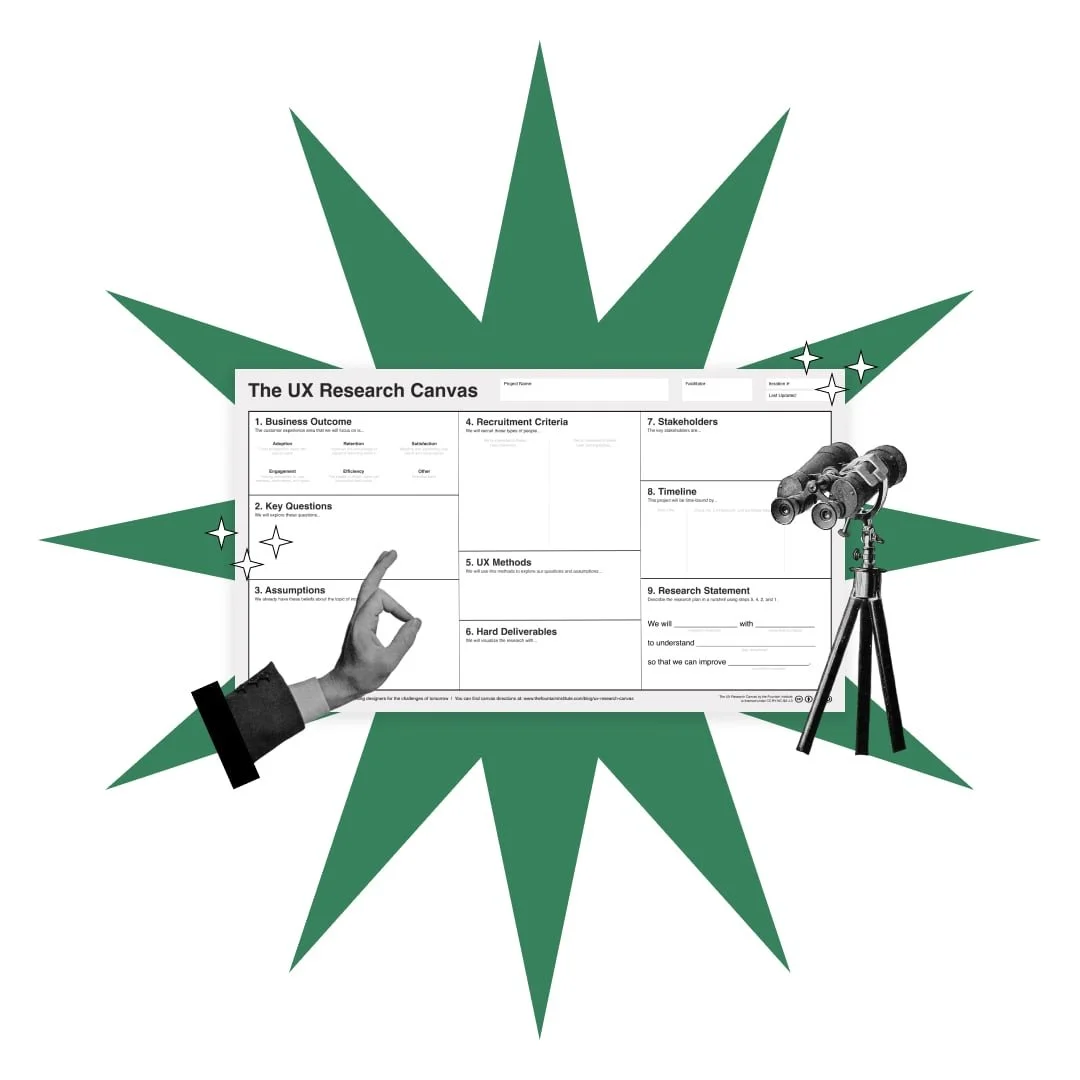2 Ways to Improve Your Design Confidence
2 ways to build confidence with user data
What if everything you design sucks, and people are too nice to tell you?
If you're thinking things like this, this article is for you. Let's start with a straightforward question. I want you to ask yourself:
On what do you base your design decisions?
Product design, at its core, is a series of design decisions. If your design decisions boil down to your own opinions, you can't (and probably shouldn't) be confident.
Your confidence will be short-lived if your decisions are based on UI trends on Instagram, websites on Awwwards, and 2022 trend articles. Why? Because these sites have nothing to do with your user or the user's problems.
So, where should you look to build confidence in your design work? Here are some super-quick ways to build confidence.
1. Researching builds confidence
Research isn't just a step of the process. It's a way to build a deeper understanding of the visual and strategic work that follows it.
Research data can help you make better design decisions, and it's waiting for you to discover. Here are some quick sources of research if you're strapped for time:
Customer support tickets and bugs
Desk Research on the company wiki
Asking questions on the company's Slack
The confidence you can build with thirty minutes of research is a great way to reduce stress or feelings of doubt during your design work.
A template for researching
Discover the essential elements of any
UX research project with this canvas.
2. Experimenting builds confidence
There's nothing like sharing a stat about actual user behavior that you have gathered yourself. Data can be a huge confidence booster.
Tests and experiments are all about generating customer data. If you can gather a bit of data about a design idea, you can increase the confidence level of your product team.
You don't have to code an A/B test to build confidence. Here are some quick ways to generate some evidence for your idea if you're low on time:
Open-ended one-question survey modals
Click maps of your designs
Contextual polls in your app
These product discovery skills are excellent ways to build confidence. And they also make great "T-shapes" or specialties for any mid-career product designer.
A template for experimenting
Use the Experiment Cards to turn your prototypes into product experiments that will help your team “build the right thing.”
Learn More
Learn everything you need to know about UX Research in the Guide to UXR
Learn about Continuous UX Research in this overview article
Learn more about rapid product experimentation in this overview article


